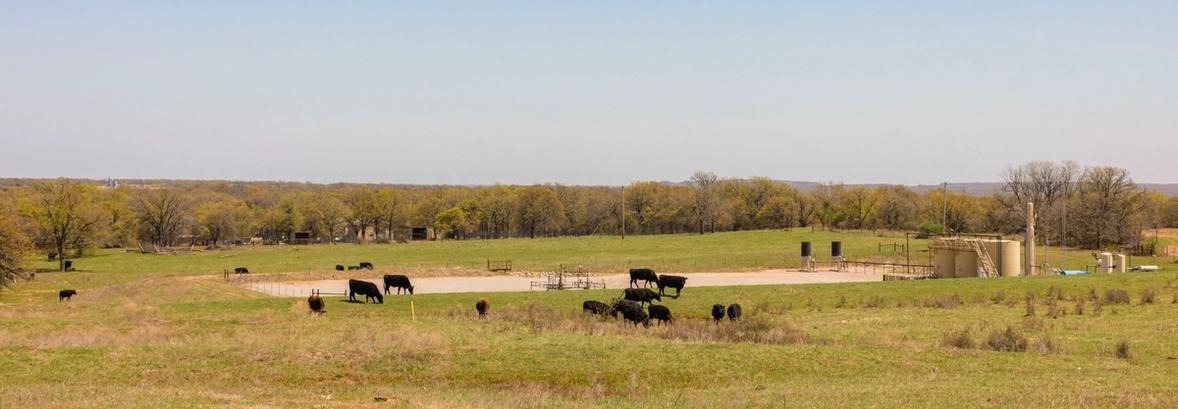

Land Stewardship and Biodiversity
Our Environmental Management Standard, which is governed by the Responsible Operations Management System (ROMS), requires a pre-site survey for wetlands, endangered species and historical sites. Depending on the situation, we do a tabletop or onsite survey to confirm that impacts to sensitive areas will be mitigated.
When we identify areas impacted by past operations, we restore the site. If a sensitive area is identified in the development plan, we first try to relocate our site if possible. If we aren’t able to, we work to get the necessary permits required to develop in the sensitive area and develop appropriate mitigations. Species of concern that have been identified in the areas where we operate are listed in the table below.

Before construction, we screen each site for endangered species and jurisdictional wetlands and streams and take mitigating actions as needed. Marathon Oil builds and maintains our facilities to minimize the potential for wildlife to access equipment stacks, vents or fluid impoundments. To help protect neighboring streams and wetlands, we implement erosion and sedimentation control systems and use spill prevention measures. We inspect and maintain our sites through routine inspections after significant storm events and repair the erosion and sedimentation control systems if necessary and as conditions allow.
We have legal, regulatory and contractual obligations to remove and dismantle assets and to restore land or seabed at the end of oil and gas production operations. For more information on our asset retirement obligation, please see page 78 of our Annual Report on Form 10-K.
Learn about our partnership with the National Fish and Wildlife Foundation here.
How are we doing?
Your opinion matters. Please take a moment to let us know how useful you find the content on this page.
If you’d like to give us your feedback on the entire report, please fill out the complete survey for the 2021 report.



















